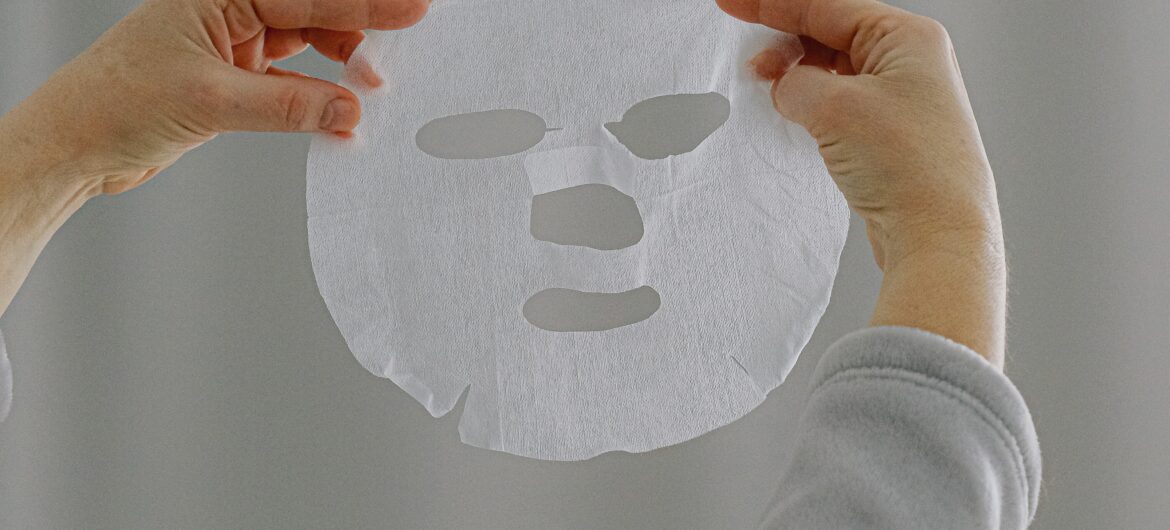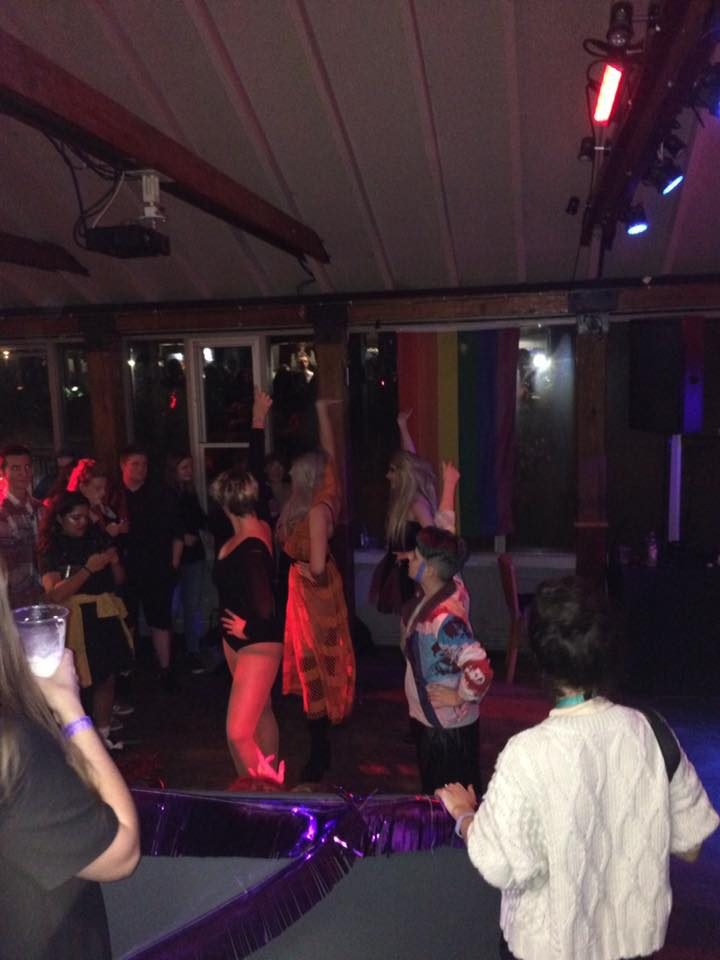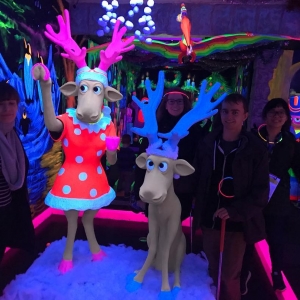Words by Libby Mills
My friends and I recently received a bombardment of images from one of our friends of all our faces completely altered. We were in hysterics at the amusement provided in the form of ‘FaceApp’ (this is not an #ad – I swear). However it was the aging filter that intrigued me the most. Suddenly, my 23 year old face was transformed into me as a 5 year old, a face I hadn’t seen in a while but one I certainly recognized. Then came the options of ‘old’ or ‘cool old’. I couldn’t help but ease myself into a flash-forward by first choosing ‘cool old’ – secretly hoping that’s what I will look like, because obviously I’m planning on being a ‘cool old’ person. A rather glam but older face looked back at me. ‘Me without kids?’ I thought to myself. Then came the option of ‘old’, just plain ‘old’. This time looking back at me was something I found strangely comforting, a face that resembled parts of me now but also a face that reminded me so much of my mum’s. Over the few days that followed I sent my mum pictures of herself, my brother and I, as I was still finding it both amusing and intriguing. Then I realised I hadn’t aged my dad’s face. Finding a photo I had on my phone I selected ‘old’ – and there it was. A face I knew I wouldn’t ever be able to see in real time. I hesitated sending it to my mum, but I knew she would want to see it. Before she even replied I knew what she was going to say.
After my dad passed away in 2012 from Multiple Sclerosis, I’ve had thoughts about how in our minds he’s visually frozen aged 49. I’ve even joked with my mum about how when she’s 80, she’ll be looking back at a rather young, handsome looking man – ‘you know that’ll make you a bit of a cougar mum?’ I’ve said to her. So a picture of my dad looking older than any age we knew we would ever see him as, was more than just that. It was a reminder of the privilege in seeing yourself that old, seeing anyone that old. The more I looked at my older face, the more I wanted to see it look like that and the more I became intrigued into why signs of aging are so intrinsically feared by our society.
Our youth-obsessed culture isn’t anything new. Historically, the fascination and desire to appear youthful has been just as present as it is today. However, as uncovered by researchers Helle Rexbye and Jørgen Povlsen, what is new is that ‘consumer culture has placed the ageing body in a dilemma of representation’. Just as is the case with many marginalised groups within society, there is also an undeniable lack of representation of older bodies. Within the world of beauty a young, white, cis-woman with eurocentric features has been narrated as the sole definition of beauty for decades, if not centuries. However, this youthful ideal now continues to be further perpetuated with the age of social media. In 2019, the beauty industry was said to be worth $532 billion and by 2025 the Medical Aesthetics Market is estimated to be worth $22.2 billion. Whilst makeup and beauty are by no means exclusively used by people to appear younger, there is undoubtedly usage in relation to wanting to appear ‘brighter’, to ‘glow’ and to be ‘radiant’ – all connotations that exude the yearning for youthfulness.
The fear of those first signs of aging has seen a new generation of people starting to engage with anti-aging products whilst they themselves are still ‘young’. In 2018, Glamour explored the normalcy of cosmetic surgery, sharing statistics collected by global market researchers Mintel that “28% of 18-to 24-year-olds and 31% of 25- to 34-year-olds have had some form of cosmetic treatment”. In fact plastic surgeon Kambiz Golchin suggests the prime age to begin Botox is 25, since that’s when we start to lose collagen. Within the article Samantha Wilson, a blogger and Harley Street Skin advocate, shared how it had been her being a sunbed ‘tan-oholic’ and its effects of premature skin ageing that first led her to seek Botox. Whilst Samantha’s experience resulted in ‘a frozen face and one eyebrow up in the air’, complications with specifically Botox are very rare and on the whole it is seen as a safe procedure. However, there appears to be a clear priority when it comes to ageing – signs of physical ageing seem to clearly outweigh the unseen internal ageing of our bodies. Problem? In a consumer culture so obsessed with youthfulness, we can become so fixated on avoiding any signs of physical aging that we neglect ourselves as a whole. To discuss how beauty and cosmetic procedures can be used to hide or prevent aging and not engage with the patriarchal influence within these ideals, would be merely impossible. In a time where choice feminism is both championed and questioned, host of podcast ‘Adulting’, writer and comedian Oenone Forbat has discussed her own considerations of Botox and fillers. On a post regarding choice feminism she wrote,
“if any woman wanted to do pretty much anything – irrespective of whether or not it adhered to or opposed patriarchal structures – my response would basically be ‘as long as it’s your own informed decision, that’s a feminist act’. But it’s not really, is it? … I’m just wondering it we should stop framing these as ‘feminist acts’ purely because we understand the context and choose to do it anyway.”
In other words, to simply embrace ageing is to not acknowledge the reasons why it is so feared to begin with. However, the male gaze is not the only factor influencing our fear of age. Ageing is in direct conjunction with arguably our most existential fear – death. However, the stark reality is we’re always getting closer to that moment regardless of how old someone is, as our lives all come to an end at different points. Within his book ‘Denial of Death’ anthropologist Ernest Becker explored humanity’s anxieties surrounding death. He claimed that whilst self-awareness is a gift, it also harbours our fears of death. Existential psychiatrist Irvin Yalom also wrote “our existence is forever shadowed by the knowledge that we will grow, blossom and inevitability diminish and die” (Yalom 2008). Not to get too morbid – but could it be that our desire to preserve the season where we blossom, is to subconsciously ease our fears of what comes with getting older? Perhaps. Yet as cliché as it sounds the very signs of ageing we try to prevent are the very signs that we have lived. Some things in life are inevitable, and getting older is one of them. But for some people their ‘older’ is still young. I’m sure our cultural avoidance of death will always be present within us, particularly with our stiff upper lip – being British and the Botox – but the getting older ‘thing’ we try to diminish and deny, just might be the greatest privilege of them all.




